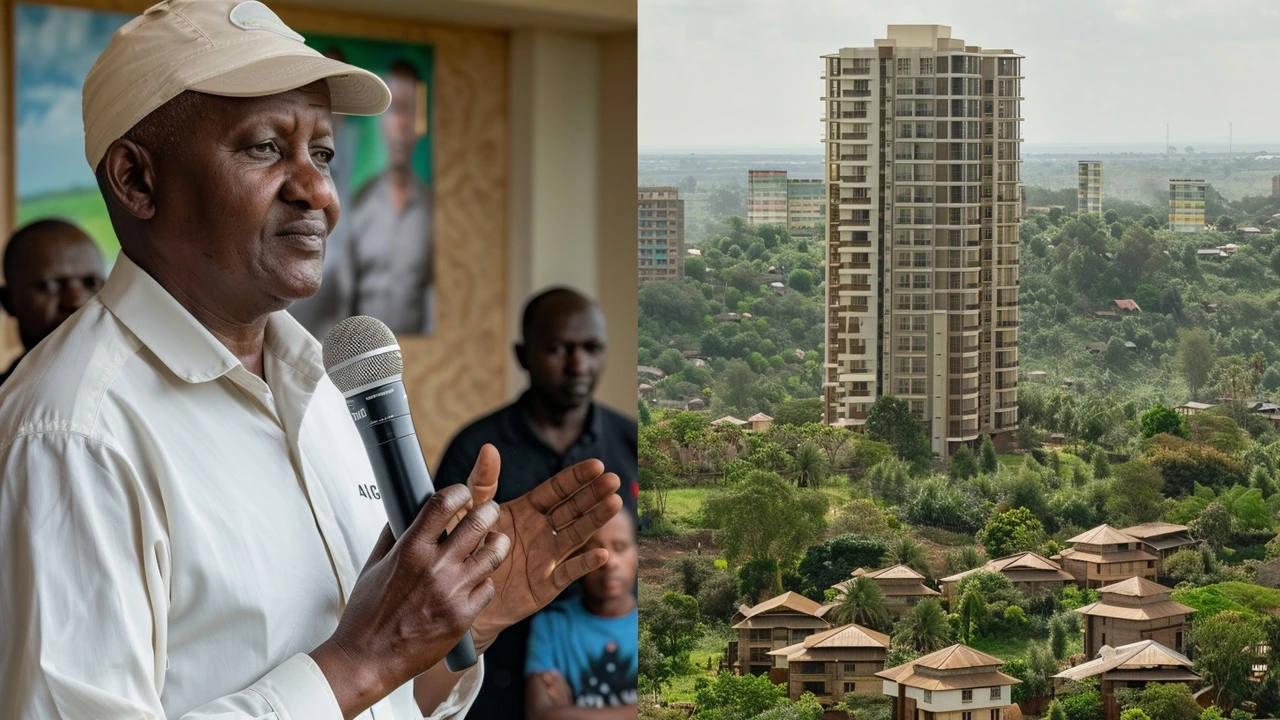Floods in Kenya aren’t just another headline—they hit real people, farms, and wildlife hard. When heavy rains sweep across the country, it’s not only homes that get swamped. Whole rural communities often find roads wiped out, crops destroyed, and water supplies contaminated. If you’ve got family there or care about Africa’s game farms, you know this isn’t something to brush off.
What’s making things worse? Changing weather patterns. Some old-timers say the rainy seasons aren’t what they used to be. Riverbanks overflow faster, and the ground just can’t soak it all in like before. Cities like Nairobi and Kisumu feel it, but it’s out on the farms—where people raise livestock and protect wild animals—where damage can be truly devastating. These farms aren’t just about money; they’re part of protecting Kenya’s natural heritage and precious animals.
Consider the wildlife. Conservancies are seeing impalas and zebras forced to move, sometimes right through villages or onto roads. This not only threatens animals but also creates new risks for people, especially kids walking to school. And for rangers and game farm workers, the usual patrol routes become mud traps or totally impassable, making wildlife protection a real headache.
It’s not only nature feeling the pain. After every flood, families pick through the mud, searching for important stuff—papers, livestock feed, cellphones. Recovery isn’t easy or quick. Local aid groups, farmers, and regular folks step up, offering shelter, food, or just a helping hand. But most Kenyans will tell you international attention fades as soon as the water goes down, even though their problems linger for months—sometimes years.
There’s also the threat to Kenya’s booming eco-tourism scene. Flooded roads and stranded safari trucks mean fewer tourists, which hits local businesses right when they need income to recover. Game farms must scramble to repair fences and fix infrastructure. Hotels and guides see cancellations, and visitors who do make it might not get the wildlife experience they hoped for. Still, many keep going, finding ways to adapt and support each other—like pooling resources to repair roads or share safe water sources.
Real solutions are tough. The government talks about better drainage, stricter building codes, and warning systems, but changes take time. In the meantime, Kenyans count on community strength and practical fixes, like raising livestock shelters or storing emergency food. Some international partners chip in with flood mapping tech or early warning apps, but locals often rely most on their own grit and neighbors.
Wondering what happens next? Floods will probably stay part of life in Kenya for the near future. But that doesn’t mean people are giving up. Every flood season prompts new ideas—better farming methods, smarter infrastructure, even fresh conversations about climate change. If you’re following Kenya’s flood stories, you’re seeing real resilience in action, from big game farms to small family homes. That’s something to keep watching, long after the water recedes.

Martha Karua, leader of NARC Kenya, has demanded that President Ruto provide free, quality housing to Kenyans displaced by both floods and forced demolitions on riparian lands. Citing the government’s inadequate financial aid, she argues for a more sustainable resettlement solution.
Read More >>